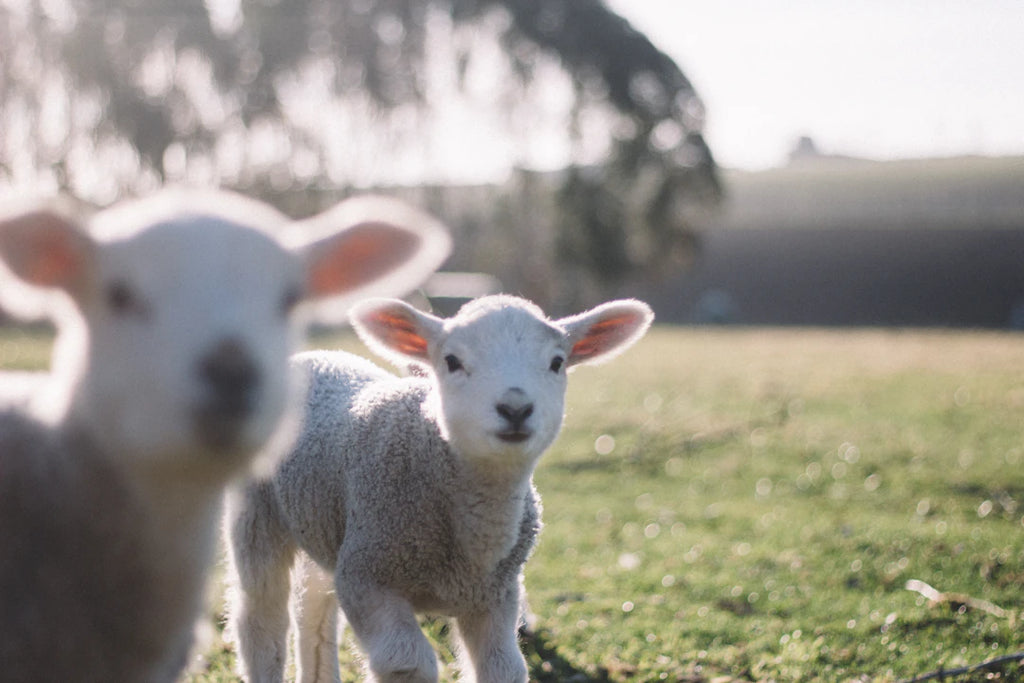The Latest Innovations in Tahitian Pearl Cultivation

Frequently Asked Questions
1. What are Tahitian pearls known for?
2. When did Tahitian pearl cultivation begin?
3. What are some sustainable practices in Tahitian pearl farming?
4. How has technology impacted Tahitian pearl cultivation?
5. Why is certification and traceability important for Tahitian pearls?
Tahitian pearls are known for their exotic beauty and stunning colors, making them one of the most sought-after gems in the world. Cultivating these remarkable pearls has come a long way since their discovery, evolving to meet the demands of the market while ensuring sustainable practices. This article will explore the latest innovations in tahiti pearl cultivation, showcasing advancements that enhance both quality and sustainability.
The Evolution of Tahitian Pearl Cultivation
The history of tahiti pearl cultivation dates back to the 1970s when it was first pioneered in French Polynesia. Originally, the techniques involved were rudimentary, relying heavily on natural processes. However, as demand increased and technology advanced, new methods emerged that significantly improved pearl quality and production efficiency.
A Focus on Sustainable Practices
Today, sustainability is at the forefront of tahiti pearl cultivation. Farmers are increasingly aware of the environmental impact of their practices, leading to innovations that prioritize ecological balance. Some of the key sustainability efforts include:
- Modern Farming Techniques: The integration of advanced farming techniques such as rotational farming and selective site cultivation helps minimize environmental degradation.
- Quality Over Quantity: The focus has shifted towards producing higher-quality pearls, which not only cater to the luxury brand market but also reduce the need for mass production that could harm ocean ecosystems.
- Water Quality Management: Strict monitoring of water quality is essential to the success of tahiti pearl farming. Innovations in filtration systems and regular water testing have become standard practice.
Technological Innovations in Pearl Cultivation
Advancements in technology have transformed the methods involved in tahiti pearl farming, improving efficiency, and outcomes. Here are some notable innovations:
Genetic Research
One of the groundbreaking developments in tahiti pearl cultivation is the use of genetic research to enhance pearl quality. By studying the genetics of different oyster species, farmers can identify and breed oysters that produce larger and more resilient pearls. This not only increases the aesthetic appeal but also the durability of tahiti pearls.
Automated Systems
Automation is playing a major role in modern pearl farming. From feeding systems that deliver precise amounts of food to automated nets and cages that minimize manual labor, technology streamlines operations and ensures precise control over nurturing conditions. This allows farmers to increase production rates while maintaining the quality of the pearls.
Data-Driven Farming
The rise of data analytics in tahiti pearl farming cannot be overstated. Farmers are now using big data to make informed decisions regarding water conditions, oyster health, and environmental factors. By leveraging predictive analytics and IoT (Internet of Things) devices, farm managers can optimize cultivation conditions and mitigate risks, ultimately enhancing pearl quality.
The Role of Eco-Tourism in Tahitian Pearl Farming
Eco-tourism is another powerful tool in the tahiti pearl industry. Many pearl farms have embraced tourism as part of their business model, allowing visitors to learn about the cultivation process while promoting awareness of sustainable practices. This has led to several benefits:
- Increased Revenue: Farmers can supplement their income by sharing their craft with tourists, enabling them to invest further in sustainable initiatives.
- Education and Awareness: By educating visitors about the delicate nature of marine ecosystems and the importance of sustainability, pearl farms can foster a generation of environmentally conscious consumers.
The Importance of Certification and Traceability
As customers become more discerning about the origin of gemstones, the demand for certification and traceability in tahiti pearls has grown. Innovations in this area have improved transparency within the supply chain. Many pearl farmers are now adopting certification programs that provide detailed records of the pearls' origin, quality, and ethical farming practices. This not only reassures customers but also promotes higher standards within the industry.
Blockchain Technology
Blockchain technology is making waves in various industries, and tahiti pearl cultivation is no exception. By utilizing blockchain, pearl farming businesses can create an immutable record of each pearl’s journey from the farm to the consumer. This technology allows for complete traceability, giving buyers confidence in their ethical purchases while discouraging counterfeiting.
Future Trends in Tahitian Pearl Cultivation
The tahiti pearl industry continues to evolve, driven by innovations that reflect market demands and technological advancements. Some foreseeable trends that could shape the future of tahiti pearl cultivation include:
Increased Focus on Diversity
As consumer preferences diversify, pearl farmers are likely to expand their offerings beyond traditional black tahiti pearls. Expect to see a greater variety of colors and shapes as farmers explore the genetic potential of their oysters. This will not only cater to changing tastes but also reduce risk by diversifying their produce.
Investment in Research and Development
As competition increases, so too does the need for innovation. Farmers will likely invest more in research and development, focusing on breeding programs and advanced farming techniques that can further enhance pearl quality and production efficiency.
The Allure of Tahitian Pearls
Regardless of the innovations and trends shaping the future of tahiti pearl cultivation, one thing remains unchanged: the allure of tahitian pearls. These exquisite gems, with their deep hues and natural luster, will continue to captivate consumers worldwide.
Buying with Confidence
When purchasing tahitian pearls, it is crucial to consider the methods used in the cultivation process. Look for pearls that come with certification, ensuring they were harvested sustainably and ethically. Knowledge about the practices undertaken by farmers can significantly enhance the experience of owning these stunning pieces of nature.
Crafting Your Unique Tahitian Pearl Collection
Whether you're an aficionado or a newcomer to the world of pearls, building a collection of tahitian pearls can be an exciting endeavor. Consider these tips when curating your unique collection:
- Variety is Key: Explore different shapes, sizes, and colors to find pieces that resonate with your personal style.
- Focus on Quality: Assess the luster, surface quality, and shape before making a purchase. These qualities significantly influence the value of a tahiti pearl.
- Understand Your Investment: Research the market value of tahiti pearls so you can make informed purchasing decisions.
Let Your Pearl Adventure Begin!
Embarking on the journey of discovering and cultivating a love for tahitian pearls can be deeply fulfilling. With technological advancements and innovations driving sustainable practices, the future of tahiti pearl cultivation looks bright. By prioritizing quality over quantity and nurturing our planet, we ensure that these enchanting gems continue to thrive for generations to come. Explore the world of tahiti pearls today and let your adventure in beauty and elegance unfold!
Step into the Shopify or Wix store of another user. Begin your visit by clicking this store link. Kindly note that this is a promotional link, and we do not take responsibility for the content of the linked store.

Leave a comment